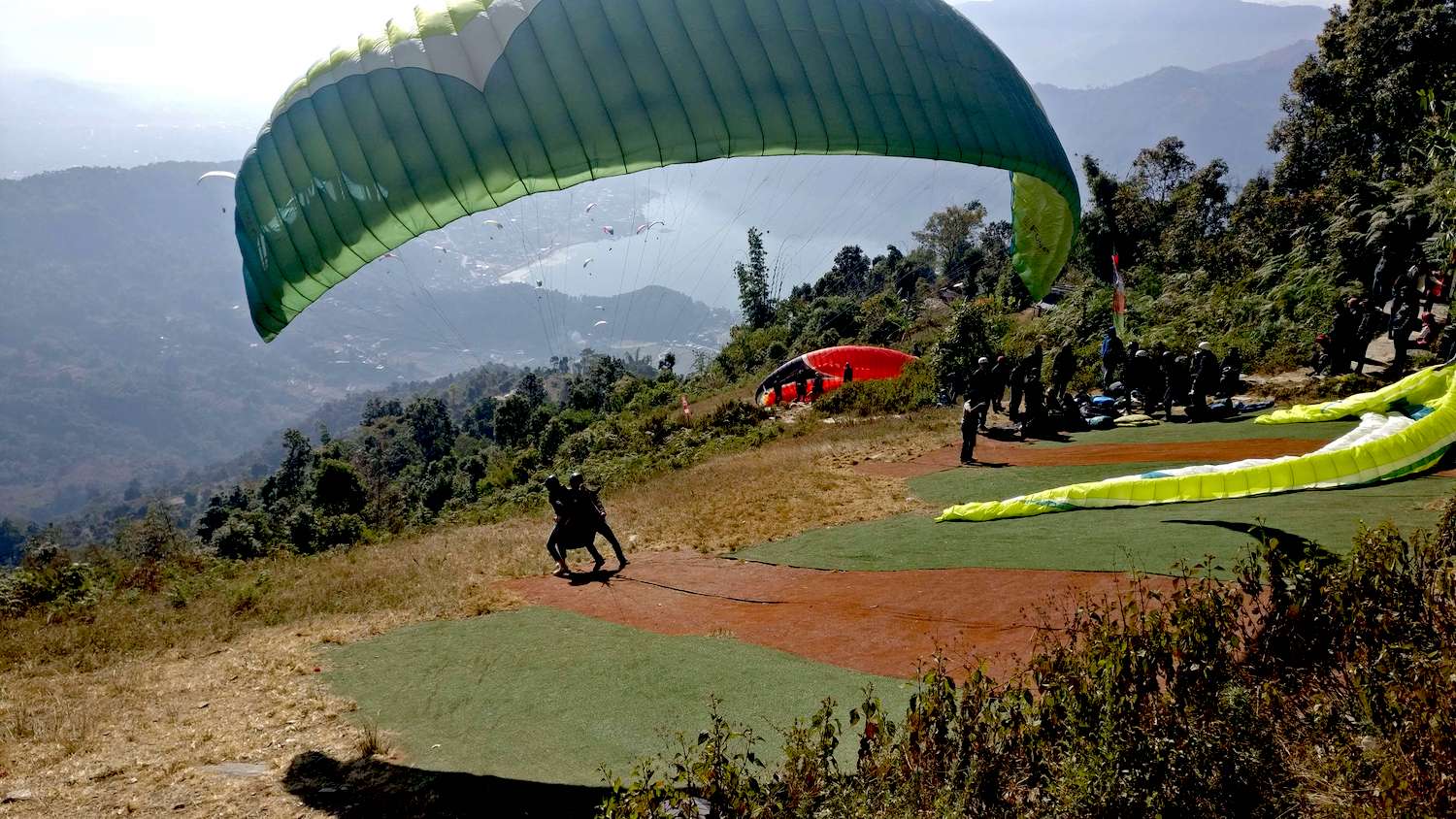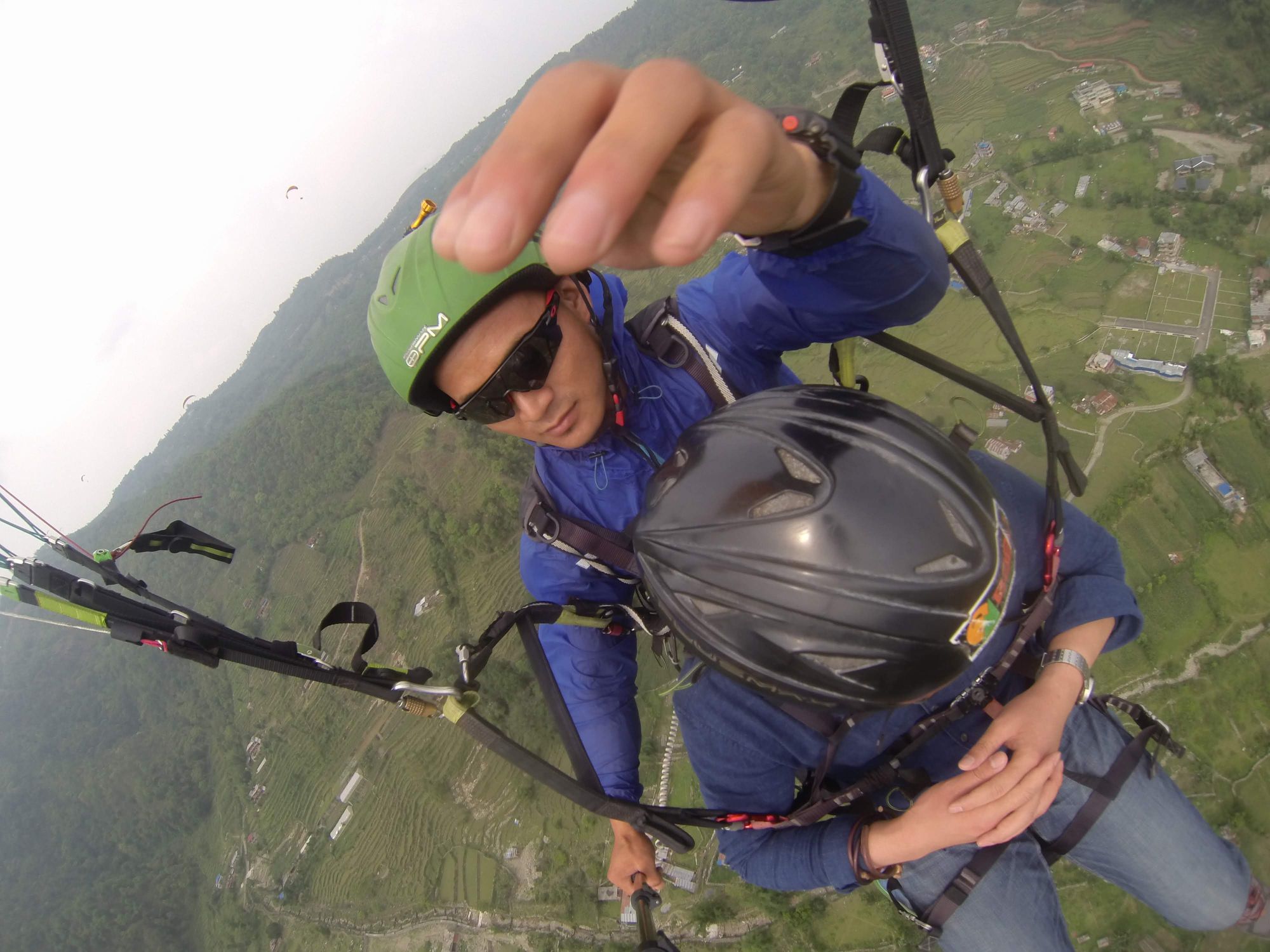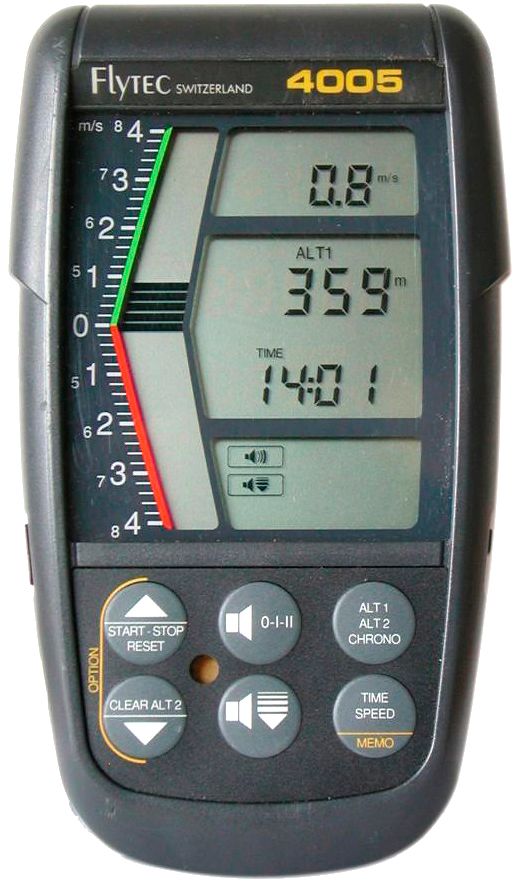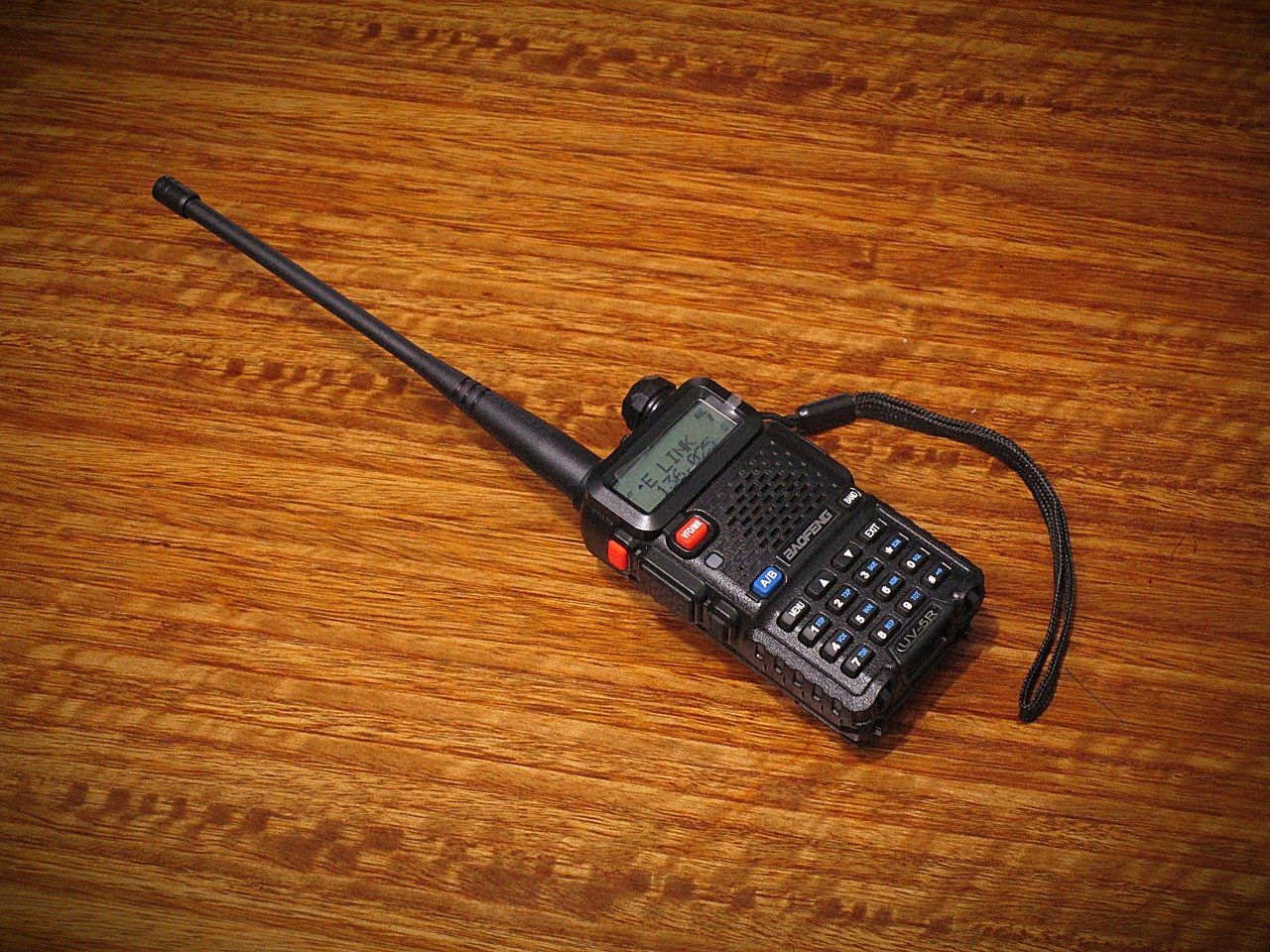Paragliding is a lifetime experience. Most people experienced paragliding is the purest form of human flight. It is a fun, safe way to experience open sky, whether you are able to experience it once, or fly every day by becoming a certified tandem pilot. Flying in the sky is not easy without proper equipment and safety guides. Becoming a tandem pilot is not an easy task. Every tandem pilots most take various training courses, need hard skills, complete various examinations, and safety tasks to become a certified one.
Tandem paragliding is not extreme thrill-seeking activity. Many people experienced it as a relaxing and peaceful because you fly like a bird without the noise of the engine, feel the high altitude, uninterrupted panoramic view of mountains and the surroundings of the world around you.
Paragliding needs an open area to fly smoothly. Typically, paragliding take-off point builds in top of the hills and mountains. Tandem paragliding needs more safety clearance like proper wind measurement, clear launch-pad without bushes, trees, no heavy clouds, and other safety equipment.
Paragliding involves using the human body to launch yourself in the sky. Running in the right wind direction will help to fly smoothly. Tandem paragliding needs more precautions before fly. Your tandem pilots will give you proper instructions before flying about equipment, the right way to run and hold in case of emergency and how to seat while flying. Follow every instruction of your tandem pilots will make your fly memorable.
The design of the paraglider is lightweight with all proper measurements of safety kits. A tandem fly may last for several hours and covers hundreds of kilometers. Basically, a commercial tandem flight is shorter for novices approx. 20 to 30 minutes in most of the countries.
There are different types of paragliding some of them are Tandem, Cross-country, Aerobatics paragliding, etc. Tandem Flight is specially designed for two people a well-experienced pilot and a passenger. It is a heavenly adrenaline rush. The glider for Tandem flight is specially designed to carry the weight of two persons. The pilot and the passenger have separate harnesses, attached to each other and to the wing. The only thing people need to do is to follow the pilot’s instructions, not being panic and taking a few steps to run for the flight.
Taking part in a tandem flight is a unique experience for you to see the world from a new perspective, normally suited for those who seek thrills. Restriction for tandem paragliding is limited, any age, weight and even handicapped person can be accommodated using different harness and equipment.
Tandem Flight requires various gears for a safe and thrilling flight. Some of them are:
The Wings/ Canopy

The main thing required for a safe flight is powerful and suitable wings/canopy which can withstand the weight of two persons. Tandem canopy is bigger than solo, having higher performance. The wings made up of two layers of high-quality fabric connected to internal supporting material in such a way to form a row of cells.
The Harness

The quality and design of the harness are varied according to the need of the pilot. Basically, pax harness used for tandem passengers which often double as a training harness. XC Harness used for cross country flights. Kids harness also available with special child-proof locks. The back of the harness contains an airbag or stiff foam to protect the pilot and passenger in case of fall. The harness also contains a small emergency handle in the lower which is used to deploy the reserve parachute stored under the seat in case of main Canopy failure.
The Helmet

The helmet is the most essential equipment for paragliding. Helmets are also varied according to pilot needs. Most pilots prefer helmets with a face-guard and clear view of different angles while take-off and landing.
The Reserve
The reserve is the life-saving equipment in case of main canopy failure. Mostly, the reserve is not used to land. It is one of the safety equipment. Reserve is only to be used as a last option in case of an emergency landing, main canopy failure, pilot has no control over the flight. Therefore, deploying a reserve when things go wrong with your main glider is always unpredictable.
The Variometer

Using a Variometer is crucial while doing paragliding. Variometer measures vertical speed through the air instantaneously. The variometer is in helping the pilot to find and stay in the main thermal to gain maximum height, to indicate when a pilot is in sinking air and, needs to find rising air. A human can sense the acceleration when they hit the thermal, but can’t find the difference between sinking air and rising air. Variometer gives an audio tone indication when the pilots are in sinking air. The modern variometer is capable of detecting rates of sink or climb of 1 cm per second. It also shows altitude above take-off, during flight and above sea level.
GPS (global positioning system)
GPS (Global Positioning System) is crucial equipment while doing paragliding. Using GPS, we always know our flight speed and direction over the ground. GPS records the track of a flight. The recorded GPS track of a flight is used to analyze flying techniques, it also helpful for other pilots who are preparing to fly for the first time from a new place. GPS also helps to determine thermal air space when flying at altitude, giving positioning information to avoid restricted airspace, identifying one’s location for the rescue team after landing out in an unfamiliar place.
The Radio

Radio or walkie talkie is widely used in paragliding training, solo flight and tandem flight to communicate with other pilots and base stations. Using radio, pilots can report the wind directions, pilots in distress, equipment condition and report where and when they intend to land. Basically, the radio is simple and easy to operate. Anyone can use a radio with simple guidance.


